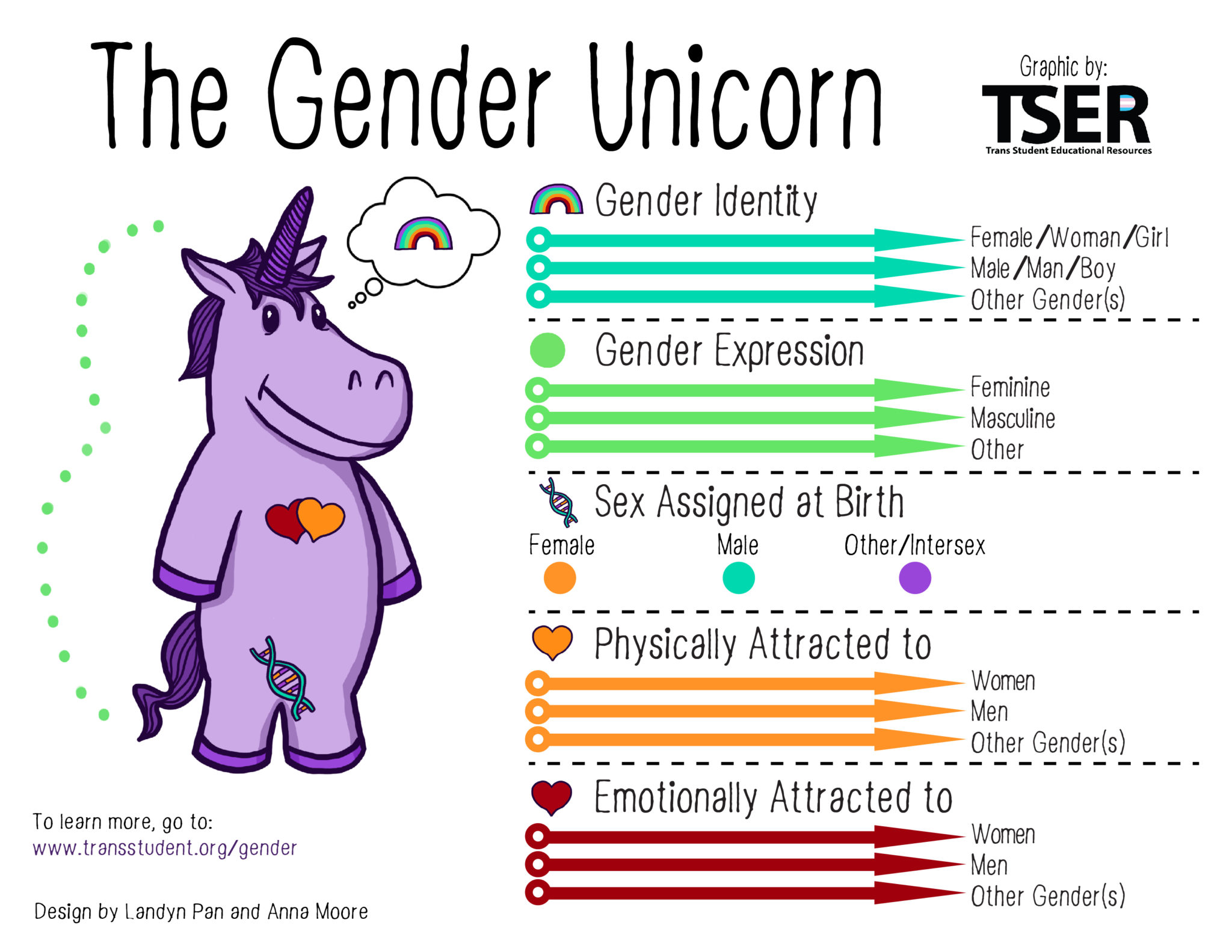The video below is well done and the “Sex is a Spectrum” advocate does a great job packing in a lot of important information in just 13 minutes. Although I strongly disagree with his belief that there are more than two sexes, this video is a good primer on current beliefs about Disorders of Sexual Development (DSD’s) which have been misrepresented in the video as “Differences of Sexual Development.”
So as you watch:
Note how many times the words or word groups mutation, syndrome, congenital condition, anomaly, disabilities, sterile, incomplete, ambiguous, recessive, health conditions, and even the dreaded word disorder are mentioned.
I counted over 15.
Also after reading my last post, DSD’s and Sex “Assignment” you should be ready to answer correctly this question: Do these DSD’s sound more like a difference or a disorder? If your answer is disorder, then you know there are only two sexes.
There Are More Than Two Sexes?
MOST IMPORTANT QUOTES:
“Biologists today are saying sex is a spectrum.” (0:35). There are plenty of prominent biologists and other medical professionals who dispute this. I mentioned two in my post, What is Sex?
“…biological features don’t always agree with each other.” (1:27). He’s talking about chromosomes, gonads, hormones & genitals which most would say should agree or you have a disorder.
“It’s estimated that nearly 2% of live births are born with congenital conditions of Atypical Sex Development.” (1:42) Based on everything I’ve read the 2% number used here is extremely high. Nothing I’ve read comes close to 2 percent. Based on my research the actual number is 1 in 5000 births.1This figure is found in Peter A. Lee et al., “Global Disorders of Sex Development Update since 2006: Perceptions, Approach and Care,” Hormone Research in Paediatrics 85 (2016): 159. Not sure where they get this 2 percent number. Unless their definition of “atypical” is an expansive definition not used by most medical professionals and scientists.
“That basically means that something in their chromosomes, hormones, gonads, or genitals is different from what many people expect of a “boy” or a “girl.” (1:52). So these are differences, not disorders. Notice how “boy” and “girl” are in quotes.
“This used to be known as being intersex, but these days, it’s better described as having Differences of Sexual Development, or DSD’s.” (2:01). Most health professionals and scientists still call them “Disorders of Sexual Development.”
“There’s a lot of variation within what we call male or female, and there’s a lot of overlap that’s normal too. Anatomically, someone might look…female on the outside but not have ovaries or a uterus, or have tissue from both overies and testes.” (3:24) How anyone can seriously call this variation or overlap “normal” is part of the problem we face. Because of a well-meaning desire not to stigmatize and also, it must be said, a desire to propagandize an ideology, we are expected to believe these are mere differences, and not disorders.
“Minor Learning Disorders” (4:35). The first and only occurrence of the word “disorders.” Interestingly this disorder has to do with learning. Or the lack, thereof. Hint, hint, for those who haven’t learned the “new” science of sex and gender.
“Did I learn nothing but lies in High School?” (5:29) The way he says this is funny. But he makes a serious mistake in again suggesting that DSD’s like Mosaicism and Chimaerism are just “different” developments. For example, a Genetic Chimera occurs when two different embryos combine early in a pregnancy. Some cells are XX and some cells have XY chromosomes. Fewer than 100 cases documented worldwide. No, you were not lied to in High School. You were told the truth about normal human bodies. Which the advocate tacitly admits in the next quote.
“Depending on the distribution of those cells, mosaicism and chimaeras can result in ambiguous sexual characteristics or both male and female reproductive body parts. (5:54). Nothing normal about that!
From this point forward the words “mutation” and “syndrome” occur frequently. Notice the many times a so-called “difference” in development is mentioned. The advocate is “spinning” the story here to fit his narrative, but by now you should understand these as disorders.
***
People born with Disorders of Sexual Development often develop gender-dysphoria. Gender Dysphoria — formerly known as “Gender Identity Disorder” is characterized by a severe and persistent discomfort in one’s biological sex. They need our loving support which also means telling them the truth about their disorder.
On the other hand, the vast majority of young people today who are convinced they have gender-dysphoria do not in fact have it. Classic gender-dysphoria presents early in life, ages 2-4, and until the recent explosion among teenage girls, was almost exclusively experienced by young boys. Today most of those who say they are gender-dysphoric don’t have any DSD’s, for example. Their discomfort is purely psycho-social in nature but they remain convinced they were born in the wrong body. We can blame the Gender Ideology taught in our schools, coupled with “affirming” therapy that largely disregards other co-morbidities like anxiety, autism, depression, and in far too many cases, trauma caused by sexual-abuse. We can also blame the social contagion phenomena spread via social media for the confusion, especially among our girls.
The Irreversible Damage being done to their bodies is heartbreaking.
Is this the world we want to live in?
***

